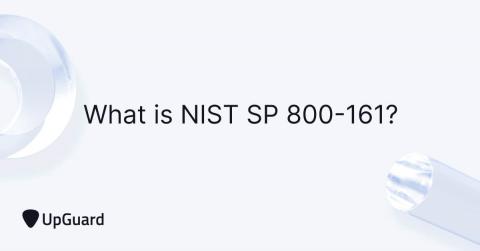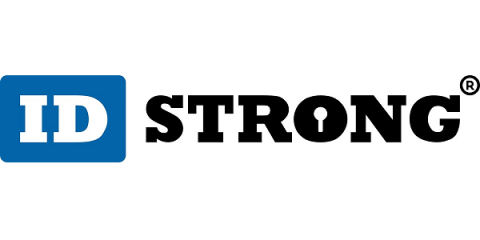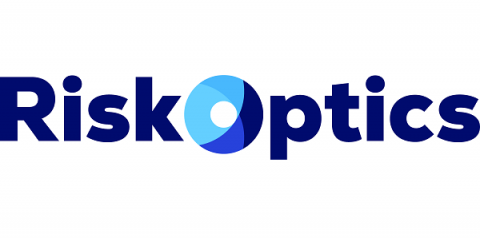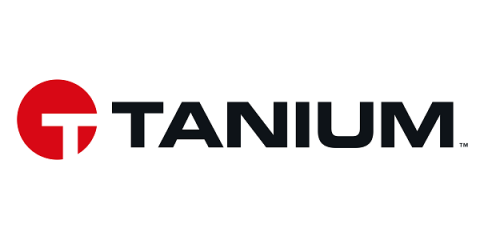Security | Threat Detection | Cyberattacks | DevSecOps | Compliance
Latest News
Blue Shield of California Suffers a Data Leak Through Vendor Fortra: Over 63,000 Exposed to Breach
Blue Shield of California is one of the largest healthcare providers in the state of California. The health insurance company is nonprofit and delivers insurance to Californians all over the state. Hundreds of thousands of residents rely on the provider for their health insurance, and they trust the company with vast amounts of personal and health information.
How to Assess and Improve Your Cybersecurity Posture
Real-time co-editing on desktop using native Google Workspace tools
With deep integrations into Google Workspace, Egnyte enables users to streamline the document creation process by delivering a seamless experience to create, co-edit and share documents directly from within the Egnyte Desktop App and Web UI. By using Egnyte as the document source, files are also protected from internal misuse and external threats, ensuring that users can collaborate with confidence, without concerns of exposing sensitive data.
What is a Cross-Site Request Forgery (CSRF) Attack?
Successful hackers have the ability to find a specific vulnerability and turn it into millions of dollars if the account is large enough. Good hackers keep it simple by using the browser as a means to attack unwitting users. Cross-site request forgery, commonly called CSRF, is an innovative attack method in which hackers use header and form data to exploit the trust a website has in a user’s browser.
Common Etsy Scams to Avoid
Etsy, since 2005, has been a marketplace for millions of small business owners, selling everything from jewelry to toys. Without a doubt, an online criminal is lurking around every virtual corner. It is estimated that nearly six to eight million individual shop owners are doing business on the Etsy platform. One of the significant aspects of using Etsy to sell your goods is they offer fraud protection in which they pay for any fraudulent transaction under $250.
Why Log Analytics is Key to Unlocking the Value of XDR for Enterprises
Choosing the Right Keeper Plan for Your Business
Increased security risks, heightened compliance regulations, distributed workforces and personnel turnover all create password-related challenges that have prompted organizations across the globe to improve their cybersecurity posture. To this day, stolen and weak passwords are the leading cause of data breaches, yet most organizations have no visibility, security or control over their users’ passwords, credentials and secrets.
What to Look for in a Managed Service Provider
Here are five areas you can research to find a managed service provider that is right for your organization.
Introducing Calico Runtime Threat Defense-The most extensive security coverage for containers and Kubernetes
Containerized applications are complex, which is why an effective container security strategy is difficult to design and execute. As digitalization continues to push applications and services to the cloud, bad actors’ attack techniques have also become more sophisticated, which further challenges container security solutions available on the market.









